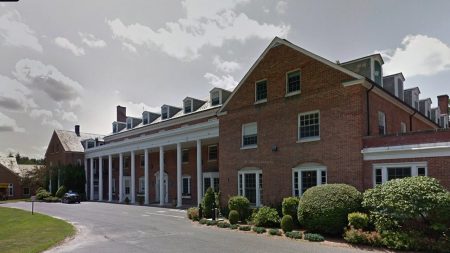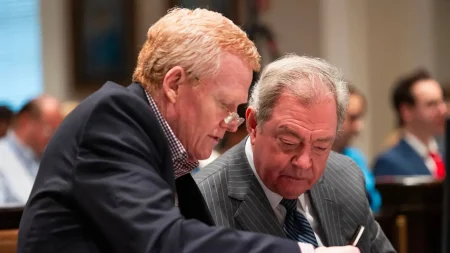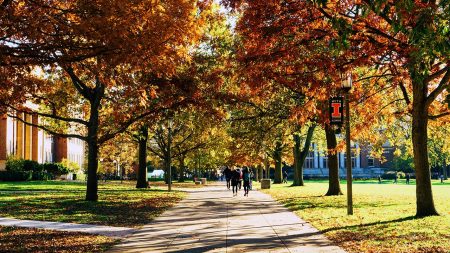A Tale of Two Brothers: From CIA-Backed Forces to American Shores
In a surprising revelation that adds another layer of complexity to the recent shooting incident in Washington, DC, the brother of alleged gunman Rahmanullah Lakanwal was identified as a platoon leader in the same elite CIA-supported “Zero Unit” where Lakanwal himself served. This connection, disclosed by a former official of the squad who requested anonymity, sheds new light on the background of the 29-year-old suspect. Both brothers operated in Afghanistan’s southern Kandahar province, a region known for its strategic importance during the American military presence in the country. A local resident claiming to be their cousin confirmed this information to The Associated Press, though he too preferred to remain unnamed – highlighting the sensitivity surrounding this case and its potential implications for those with connections to former Afghan security forces.
Rahmanullah Lakanwal’s career with the specialized unit shows a trajectory of advancement that speaks to his capabilities within Afghanistan’s security apparatus before its collapse. Beginning as a security guard in 2012, Lakanwal gradually rose through the ranks to become a team leader and GPS specialist – roles that would have required technical proficiency and leadership qualities. These elite units, often referred to as “Zero Units,” were special forces groups trained and funded by the CIA to conduct counterterrorism operations throughout Afghanistan. They gained reputations for effectiveness but were also controversial due to allegations of human rights abuses during their operations. Lakanwal’s advancement within this structure suggests he was viewed favorably by both his Afghan superiors and potentially by American advisors who worked closely with these units during the two-decade war.
The brother’s position as a platoon leader indicates an even higher level of responsibility within the same organization. This family connection within an elite military unit is not uncommon in Afghanistan, where familial and tribal relationships often formed the backbone of trust networks within security forces. According to investigative sources who spoke with ABC News, Lakanwal’s brother now also resides in the United States, adding another dimension to this unfolding story. The proximity of both former Afghan military operatives on American soil raises questions about the vetting processes for Afghan evacuees, particularly those with specialized military backgrounds who may have experienced trauma during their service or harbor complex feelings about the American withdrawal that effectively ended their careers and upended their lives.
Lakanwal’s journey to America occurred during the chaotic evacuation of Afghanistan in August 2021, when the Taliban rapidly seized control of the country as American forces withdrew. He arrived with his wife and five children, part of the massive humanitarian operation that brought tens of thousands of Afghans to the United States. This period was marked by tremendous urgency and confusion, with priority often given to those who had worked alongside American forces and were consequently at heightened risk of Taliban retribution. Former members of elite units like Lakanwal’s were particularly vulnerable, as they had been directly involved in operations against Taliban fighters and were easily identifiable to the new regime. For many such individuals, evacuation represented their only chance of survival, yet the hasty nature of the departure meant that comprehensive security screenings were difficult to implement consistently.
The presence of former Afghan military personnel in the United States – particularly those trained in specialized combat techniques – presents unique challenges for integration and security monitoring. Many of these individuals carried with them not only technical skills but also psychological burdens from years of intense combat and the ultimate defeat of the cause for which they fought. The transition from being respected members of elite military units to refugees in a foreign land constitutes a profound identity shift that can be difficult to navigate. While the overwhelming majority of Afghan evacuees have focused on rebuilding their lives peacefully in their new country, instances like the DC shooting raise difficult questions about the long-term consequences of America’s military engagements abroad and the responsibilities toward those who fought alongside U.S. forces.
As this case continues to unfold, it illuminates the complex human aftermath of America’s longest war. Each Afghan evacuee carries their own story of service, sacrifice, and displacement – narratives that often remain invisible until events like this thrust them into the spotlight. Lakanwal and his brother represent just two of the thousands of former Afghan security personnel now attempting to build new lives in the United States, their previous identities as CIA-backed operatives transformed by geopolitical shifts beyond their control. Their story, regardless of the outcome of the criminal investigation, highlights how the repercussions of war extend far beyond the formal end of hostilities, creating ripple effects that continue to shape lives and communities years after the last troops have withdrawn. For American society, understanding these connections provides crucial context for addressing the needs and potential vulnerabilities of this unique population of new residents.










